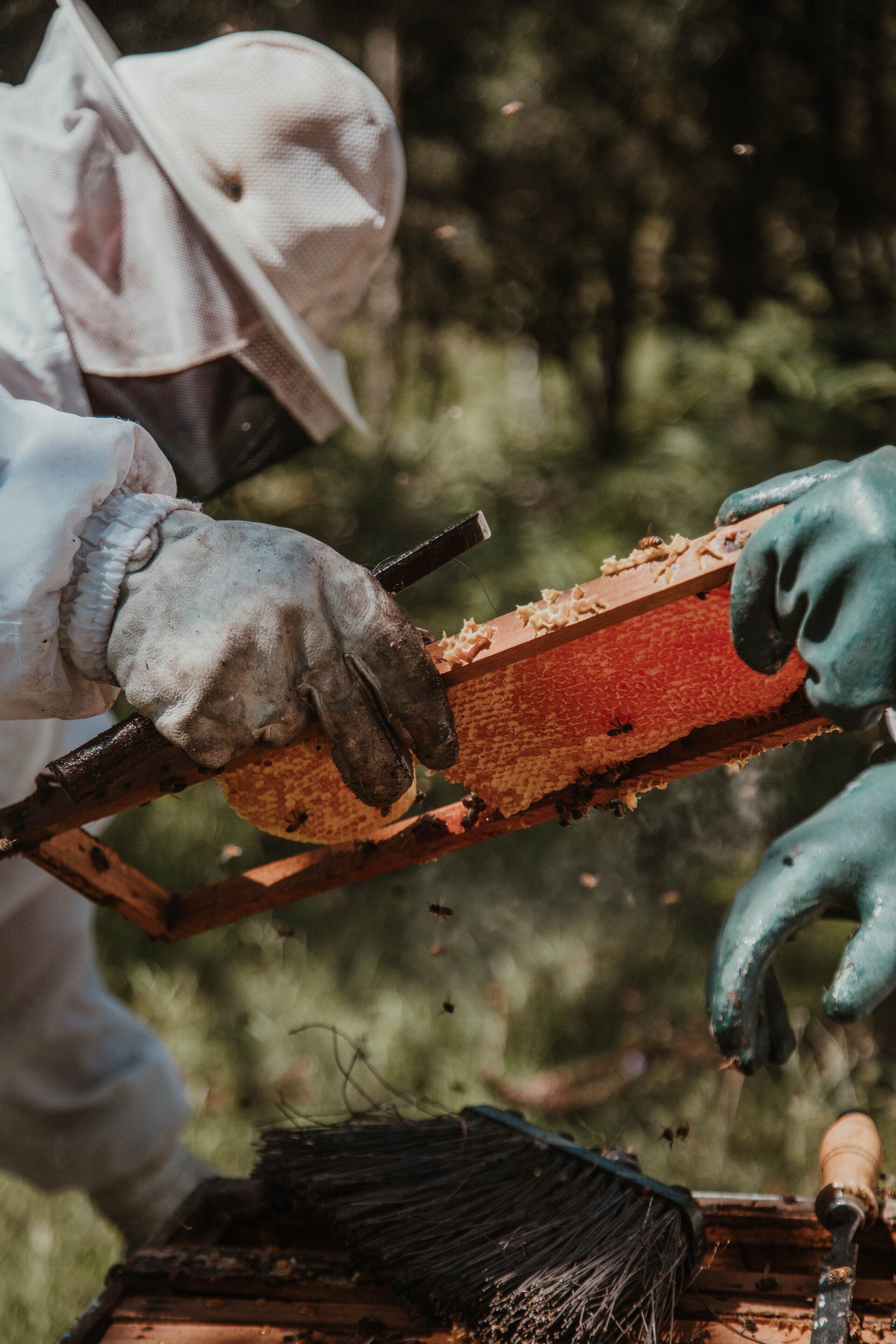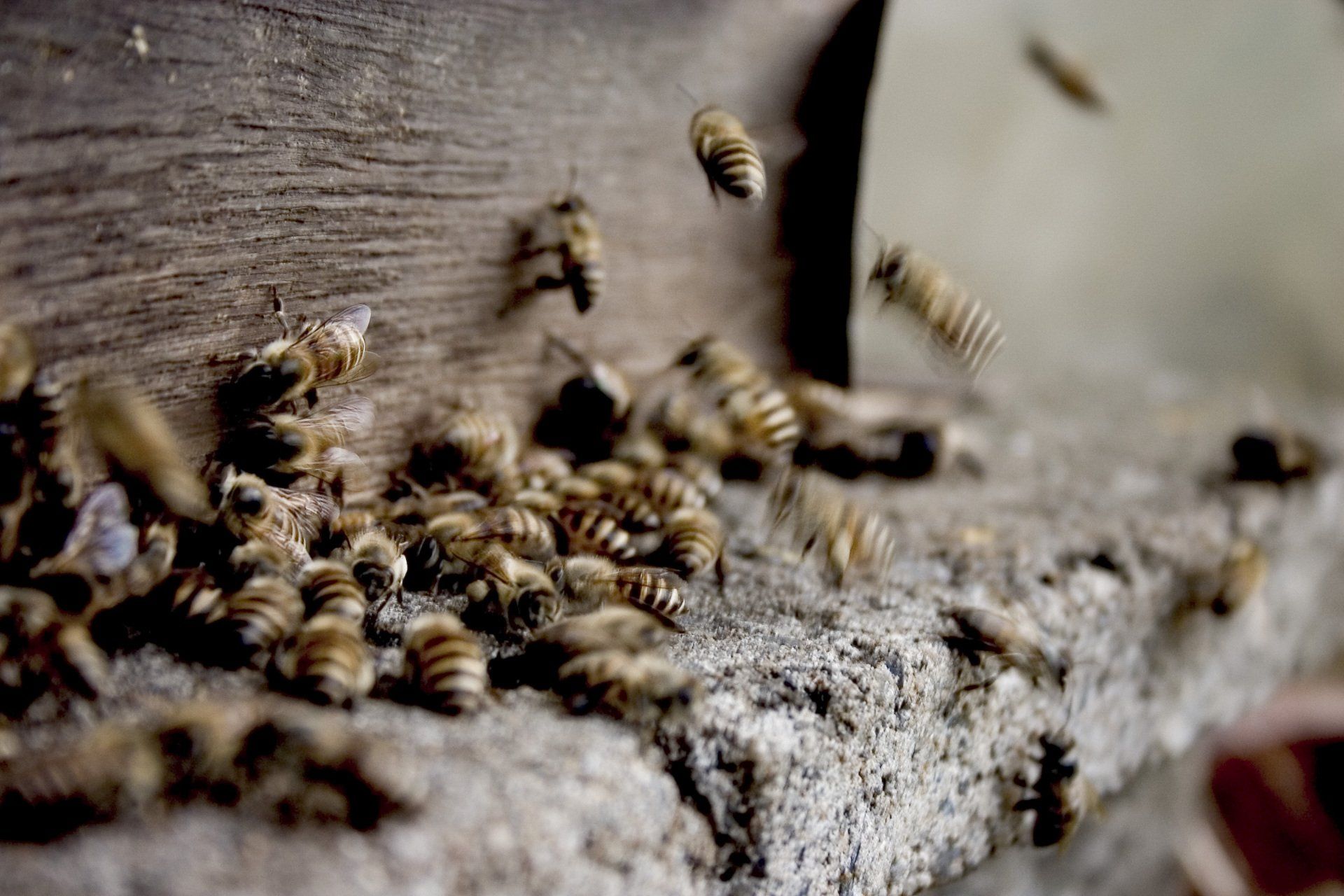ThermoTherapy in Beehives: A Natural Solution for Varroa Mite Treatment
Introduction
Beekeeping is a vital practice that not only supports the production of delicious honey but also plays a crucial role in pollination, ensuring the survival of countless plant species. However, honeybee colonies face significant threats, with the Varroa mite being one of the most devastating pests. To combat this parasitic intruder, beekeepers have turned to innovative solutions like ThermoTherapy. In this blog post, we will explore what ThermoTherapy is, how it works, and the benefits it offers in preserving the health and strength of honeybee colonies.
What is ThermoTherapy?
ThermoTherapy in beekeeping is a targeted treatment used to control and manage Varroa mite infestations within honeybee colonies. The Varroa mite (Varroa destructor) is an external parasite that attaches itself to adult bees and developing brood, feeding on their bodily fluids and transmitting harmful viruses. If left unchecked, Varroa mites can cause severe damage and even lead to colony collapse disorder.
How Does ThermoTherapy Work?
ThermoTherapy is an innovative approach that harnesses the power of controlled heat to address the Varroa mite infestation.
Targeted Temperature: The key to ThermoTherapy's success lies in maintaining a specific temperature range within the beehive. This range usually falls between 104°F to 108°F (40°C to 42°C). At these temperatures, honeybees can tolerate the heat for short periods without harm, while Varroa mites cannot withstand the higher temperatures and succumb to their demise.
Application Devices: Beekeepers utilize specialized equipment to administer ThermoTherapy. These may include heating units, infrared lamps, or other heat-emitting devices. The devices are strategically placed within the hive to achieve uniform heat distribution, ensuring that all mites are exposed to the lethal temperatures.
Monitoring and Safety: Beekeepers must carefully monitor the temperature during the treatment process to avoid overheating the hive. Additionally, ThermoTherapy should only be conducted by experienced beekeepers who are well-versed in the proper implementation of this technique.
Benefits of ThermoTherapy
Non-Chemical Treatment: One of the most significant advantages of ThermoTherapy is its non-chemical nature. Unlike some traditional methods that involve the use of pesticides or chemical treatments, ThermoTherapy provides a natural solution for Varroa mite control. This reduces the risk of chemical residues in honey and promotes organic beekeeping practices.
Varroa Mite Eradication: ThermoTherapy has been shown to be highly effective in reducing the Varroa mite population within bee colonies. By raising the temperature to lethal levels for the mites while sparing the bees, ThermoTherapy helps to maintain the health and vigor of the hive.
Reduced Mite Resistance: Prolonged use of chemical treatments can lead to mite populations developing resistance, rendering those treatments less effective over time. ThermoTherapy, on the other hand, does not contribute to this issue, making it a valuable component of integrated pest management (IPM) strategies.
Enhanced Bee Colony Health: By controlling Varroa mite infestations, ThermoTherapy contributes to overall colony health. Stronger, healthier colonies are more resilient to other stressors and diseases, allowing beekeepers to maintain productive and sustainable apiaries.
Conclusion
ThermoTherapy is a promising and environmentally friendly method for managing Varroa mite infestations in honeybee colonies. By harnessing the power of controlled heat, beekeepers can effectively reduce the mite population while preserving the health and strength of their hives. As an essential component of integrated pest management, ThermoTherapy offers a natural and sustainable solution for beekeepers seeking to protect their beloved bees and contribute to the thriving world of beekeeping.



